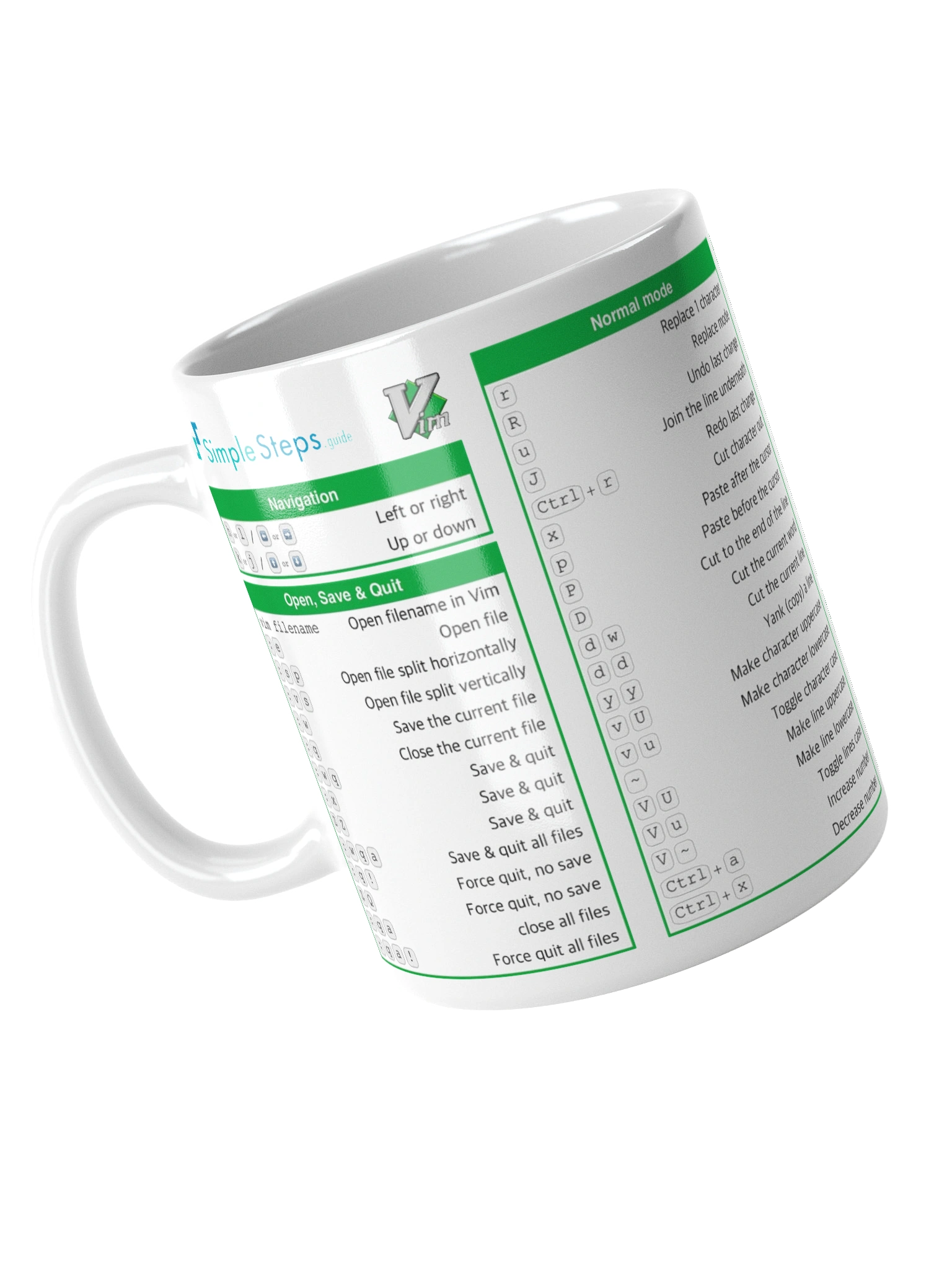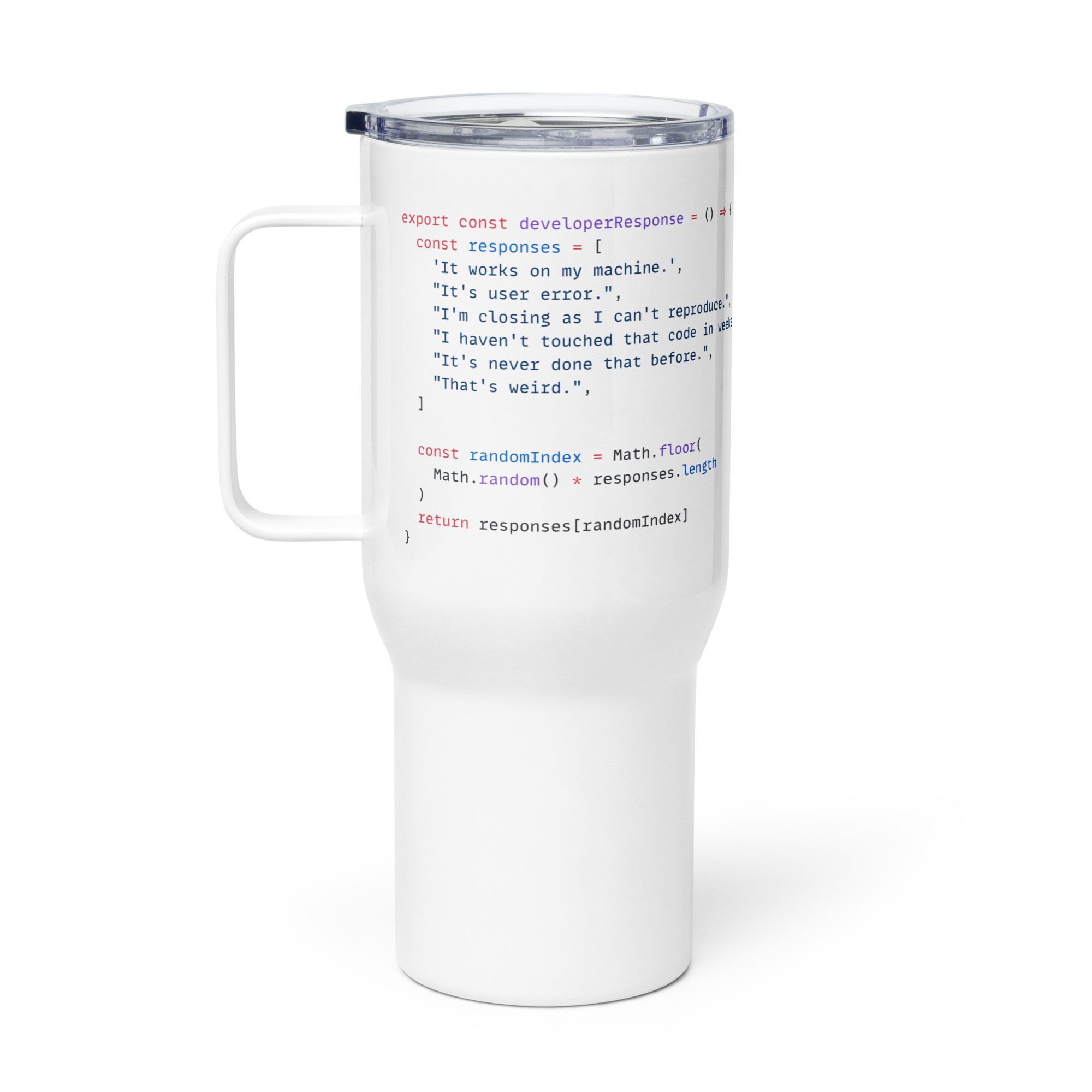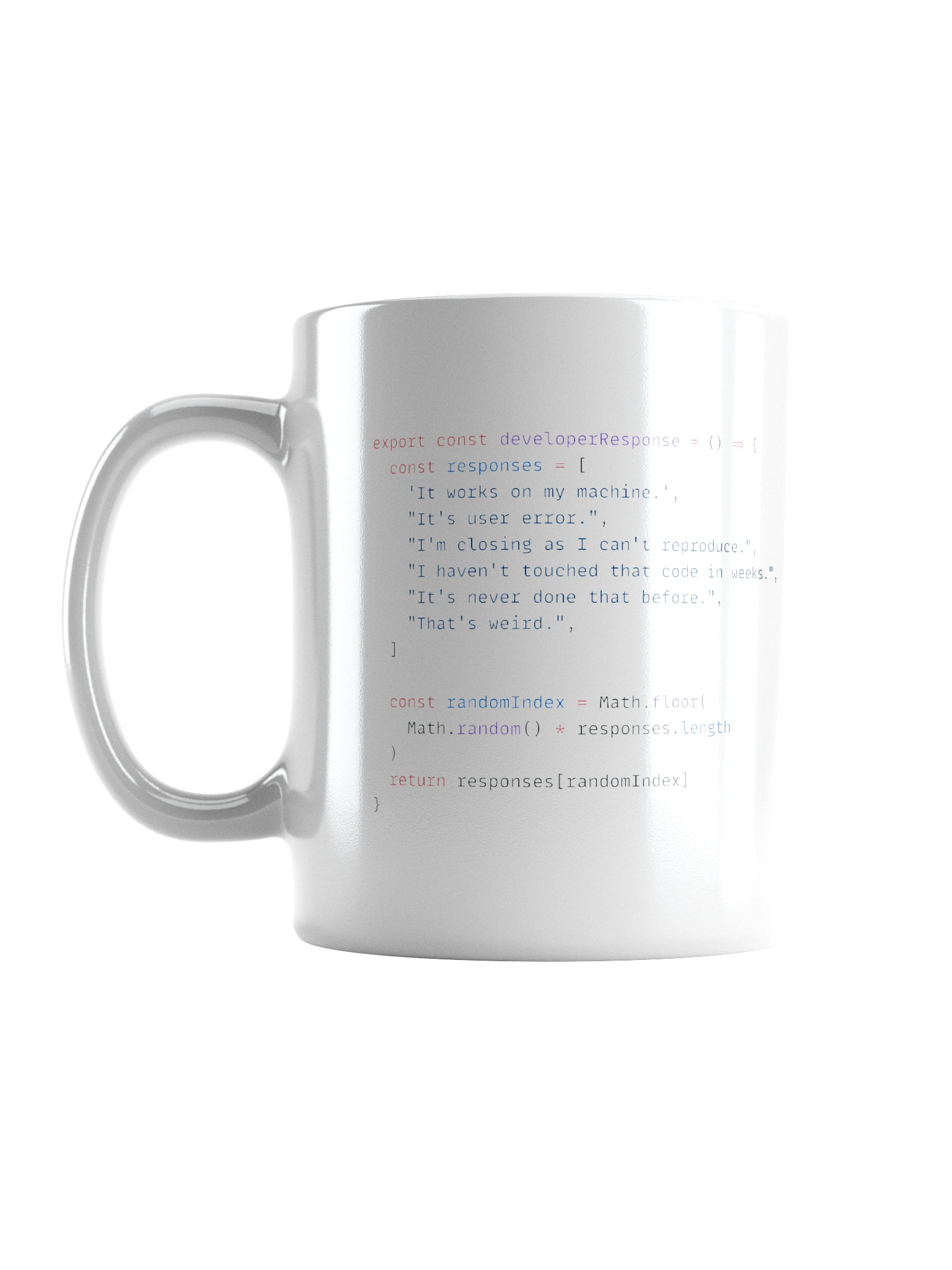What is NumPy, how to install and use
NumPy - The Basics
1 min read
This section is 1 min read, full guide is 14 min read
Published Sep 22 2025
11
Show sections list
0
Log in to enable the "Like" button
0
Guide comments
0
Log in to enable the "Save" button
Respond to this guide
Guide Sections
Guide Comments
NumPyPython
What is NumPy?
- NumPy (Numerical Python) is a core Python library for numerical and scientific computing.
- It provides:
- Multidimensional arrays (
ndarray) that are much faster and more efficient than Python lists. - Mathematical functions for linear algebra, statistics, random numbers, and more.
- Tools for working with large datasets and numerical computations.
- Multidimensional arrays (
In short, NumPy is the foundation of numerical computing in Python.
Installing NumPy
You can install it using pip:
pip install numpy
Copy to Clipboard
Including NumPy in Your Code
Once installed, import it in Python:
import numpy as np
# Example: create an array
arr = np.array([1, 2, 3, 4])
print(arr)
# [1 2 3 4]
Copy to Clipboard
Toggle show comments
By convention, it’s always imported as np.
Why NumPy is Fundamental
NumPy acts as the backbone for many popular Python data and scientific libraries, including:
- Pandas → built on top of NumPy arrays for efficient data handling.
- Matplotlib → relies on NumPy for plotting numerical data.
- SciPy → extends NumPy with advanced scientific and engineering functions.
- Scikit-learn → uses NumPy arrays for machine learning algorithms.
- TensorFlow / PyTorch → concepts of tensors are extensions of NumPy arrays.
Without NumPy, these higher-level libraries wouldn’t be nearly as efficient.
NumPy is the numerical engine that powers much of Python’s data science, AI, and machine learning ecosystem.














